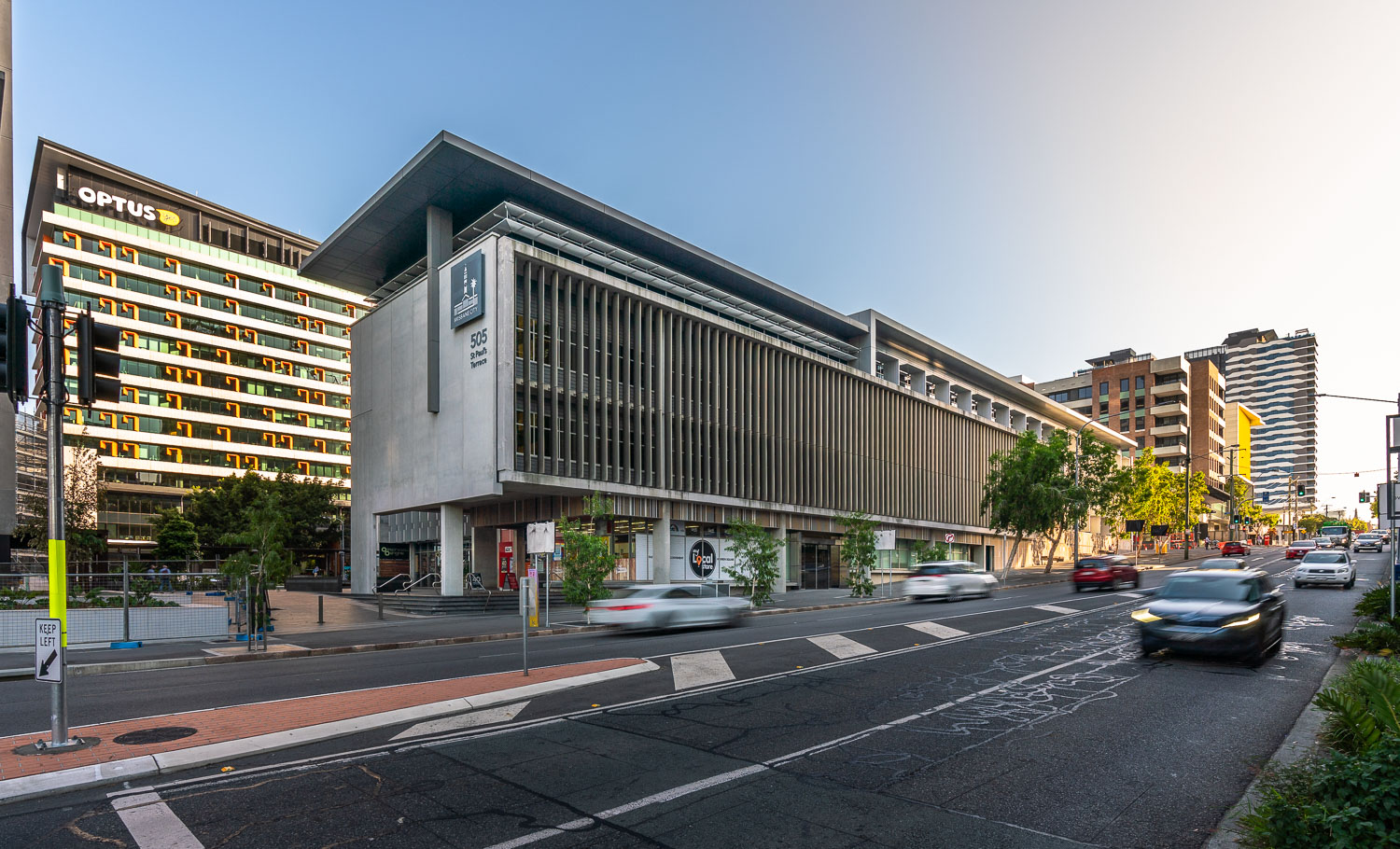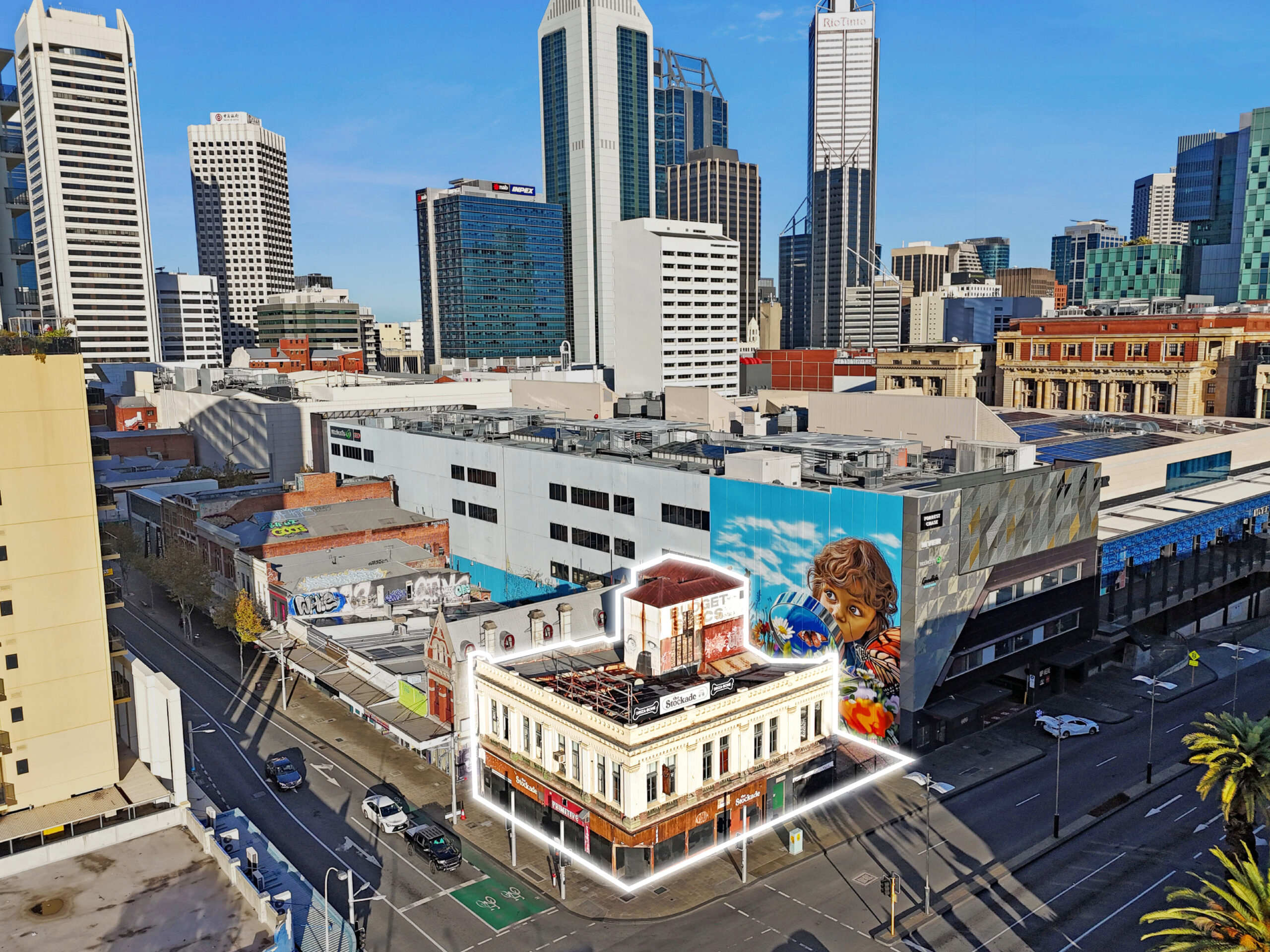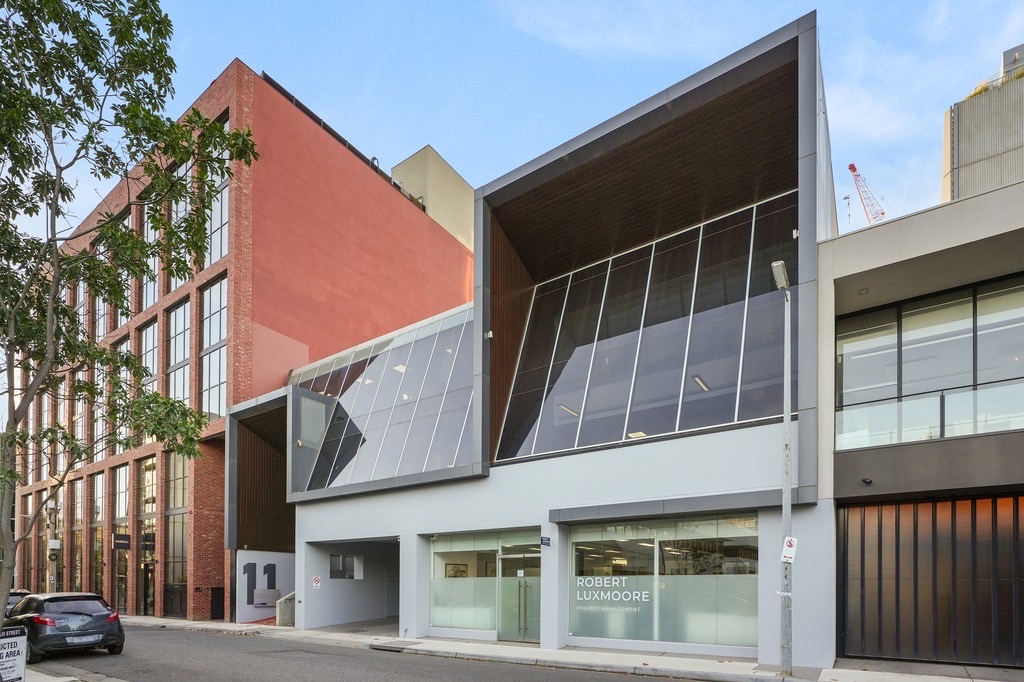Strong Investor and Occupier Demand Drives Growth of Life Sciences Asia Pacific Hubs
28 March 2023
An ageing and more health-conscious population, solid occupier demand, and strong investor interest, are driving the growth of life sciences hubs across Asia Pacific, according to the latest CBRE research.
While the major life sciences companies’ revenue growth has slowed after a period of significant expansion during the COVID-19 pandemic, the industry’s longer-term development is driven by the underlying trend of an ageing and more health-conscious population. Life sciences hubs have been established in Melbourne, Sydney, Shanghai, Beijing and Tokyo, with major new developments in Shanghai Lingang Life Sciences Park, Hong Kong Lok Ma Chau Loop, and Labzone Bangalore Life Sciences Park in coming years.
Investment demand is strengthening with investment funds raising US$18 billion to invest in life sciences real estate in the past five years. A shortage of assets available for sale limited volume to just US$717 million in 2022, less than 1% of Asia Pacific’s total commercial real estate investment volume.
“As most life sciences facilities are purpose-built and self-owned by life sciences companies or government institutes, investors should consider forming joint ventures with landlords and life sciences operators to invest in the sector. This has been done in both emerging markets such as China and India as well as mature markets including Singapore, Australia and Japan,” said Dr. Henry Chin, Global Head of Investor Thought Leadership, Asia Pacific, for CBRE.
“Investors can also partner with developers or big pharmaceutical companies to participate in green field development or build-to-suit facilities, or with government bodies for new life science park developments. Another investment approach is to target life sciences-related assets by extending investment scope to medical offices healthcare projects and manufacturing plants,” Dr. Chin added.
Life sciences clusters in Asia Pacific have been expanding substantially in recent years, with total leasable area growing to over 100 million sq. ft. (9.2 million sq. m.). Rent performance has been resilient due to solid occupier demand.
CBRE’s Australian Healthcare & Social Infrastructure team Director Sandro Peluso noted that this was underpinning investor demand for life sciences-related assets in Australia, however there was a lack of available opportunities.
“One recent transaction involved BRC Capital acquiring a major site within Melbourne’s Arden urban renewal precinct, with the potential to create a $600 million mixed-use health hub in what is tipped to be Melbourne next major health and biomedical hub,” Mr Peluso said.
“Further activity is anticipated this year, with investors attracted to the low vacancy rates and long leases terms associated with life sciences assets, which typically average 10-15 years+ due to the capital required to establish new facilities. This compares to average lease expiries of 5-7 years on core commercial real estate investment assets.”
Mr Peluso added that developers and investors were also focused on the sector’s strong underlying fundamentals, including increased government funding and Australia’s ageing population, with 140% growth projected in the 85 and above age bracket by 2041.
To read the full report, click here.



